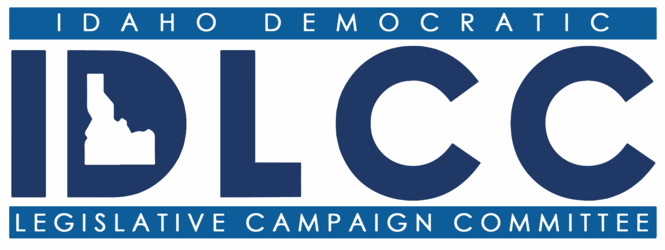Idaho is a very popular place to live and, as a result, it is at the top of the fastest-growing states in our nation.
Many Idaho cities are experiencing unprecedented population influxes, and there’s no sign that is going to change anytime soon. With more people comes a larger demand on all of our resources and infrastructure.
Preparing for the future is incredibly important for the prosperity and safety of the people of Idaho, and this preparation is a central role of government. Idaho faces a growing population, deteriorating infrastructure and new technology needs. Our lawmakers, businesses and citizens must work together to develop and implement the best plans for our future rather than just doing what is politically expedient. Planning and investment in our future needs to take place across a broad spectrum of issues over the next 10 to 20 years. Infrastructure includes roads, bridges, railroads, broadband, schools, healthcare, water and sewer systems, power grids and more. If we fail to prepare for increasing infrastructure demands or repair antiquated, deteriorating systems, these services will fail us.
According to the Report Card for Idaho’s Infrastructure from 2018, we are falling $3.6 billion short for roads and bridges over the next 20 years. The Idaho Transportation Department, counties and cities share responsibility for maintaining our roads and bridges. ITD is already $407 million behind in needed maintenance and safety measures alone. Our counties and cities are crushed by crumbling infrastructure due to age and heavy loads without adequate resources to rebuild. Tax-exempt, unregulated transportation further degrades these systems rapidly and is a public safety hazard. As former Gov. Otter said, “deferred maintenance is deficit spending.”
As we have learned from other places, like Flint and Newark, failing to maintain drinking water and waste treatment systems create a human health crisis. Over the next 20 years, Idaho will need an estimated $961.8 million to maintain, repair and replace just our drinking water infrastructure. If a municipality isn’t outgrowing its water and sewer systems, they are often antiquated and in need of replacement.
Broadband access is crucial for education, economic growth, a future robust workforce and cybersecurity protections. Idaho is way down the list for connectivity — number 42 — and 20 percent of Idahoans are underserved. Gov. Little’s task force studying this issue is timely, and we expect a report prior to the 2020 legislative session.
Education consistently rises to the top of what Idahoans are concerned about. Unfortunately, Idaho ranks near the bottom of states in education spending. As our state continues to grow, strains on the existing education system cause overcrowding and most of our school districts are compelled to run bonds and levies. It is clear that education is an area where our values and policies are not in sync.
We have the sixth largest population of retirees, who require more medical care, moving to the state. Idaho’s rural hospitals are vulnerable to closing due to financial stress, and we face significant physician shortages. The Legislature has taken steps to encourage medical residencies in rural areas. Medicaid expansion will help keep rural hospital doors open. But we need to do more to invest in solutions for a healthy future.
Past investments in our nation’s infrastructure paid off. President Eisenhower, faced with a possible economic downturn, raised taxes to fund a modern interstate highway system. The construction of our interstate highways created jobs in the short-term and provided crucial infrastructure for economic growth over the long-term. Much of our current infrastructure comes from the Roosevelt-era Civilian Conservation Corps program. In this spirit, we should strive to keep Idahoans safe, healthy and thriving with solid, long-term, economic policies.
As we face challenges with our inadequate infrastructure, we need to plan for the future and be willing to invest in it. If we fail to make improvements in infrastructure priorities, then we are planning for failure.

Recent Comments